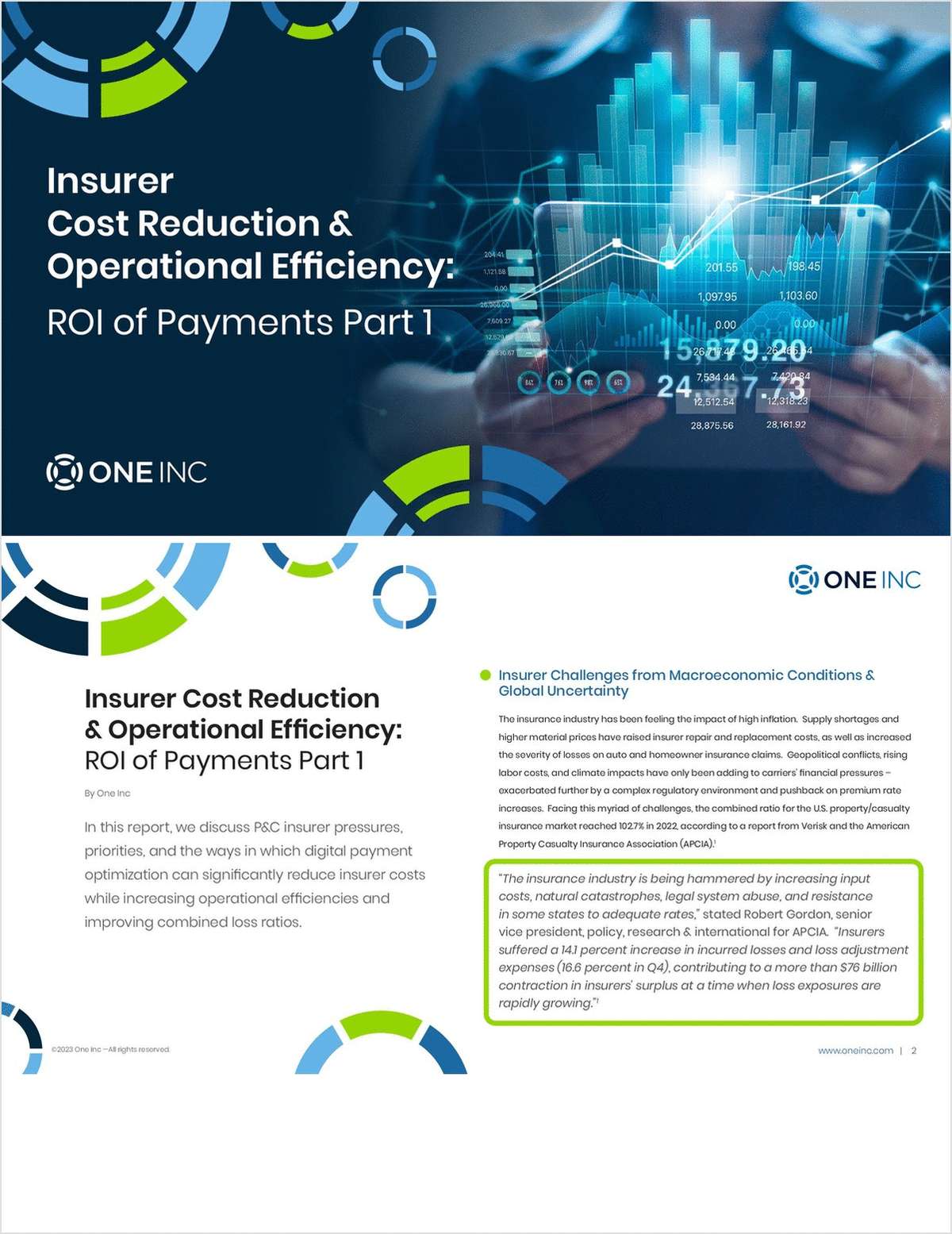Homeowners and insurers alike are struggling with the affects of increasingly damaging natural disasters hitting the United States, and it's no secret that some areas of the country have been less affected than others. In an attempt to figure out the safest places to live in the U.S. when it comes to natural disaster risk, CoreLogic released a study that delves into reconstruction cost value-weighted composite risk scores (CRS) on a county level. The CRS scores risk on a scale of 1 to 100, and represents the sum of the average annual loss (AAL) relative to the calculated reconstruction cost value (RCV). These scores consider both environmental risks and data describing the physical characteristics of homes in these areas. CoreLogic found there are 124 counties in the continental U.S. with a CRS of 1 (the lowest aggregate risk), and the top ten least risky counties were determined based on their underlying AAL. Even the least dangerous counties, however, are at the mercy of climate change, and the study found risk is increasing in these areas when it comes to weather perils like wildfires, severe convective storms and inland flooding. In the slideshow above, we'll look at the counties the study found to have the least risk of natural disasters, as well as how much the shifting climate could increase these counties' risk by 2050 based on CoreLogic's projections.
Related:
|Want to continue reading?
Become a Free PropertyCasualty360 Digital Reader
Your access to unlimited PropertyCasualty360 content isn’t changing.
Once you are an ALM digital member, you’ll receive:
- Breaking insurance news and analysis, on-site and via our newsletters and custom alerts
- Weekly Insurance Speak podcast featuring exclusive interviews with industry leaders
- Educational webcasts, white papers, and ebooks from industry thought leaders
- Critical converage of the employee benefits and financial advisory markets on our other ALM sites, BenefitsPRO and ThinkAdvisor
Already have an account? Sign In Now
© 2024 ALM Global, LLC, All Rights Reserved. Request academic re-use from www.copyright.com. All other uses, submit a request to [email protected]. For more information visit Asset & Logo Licensing.








